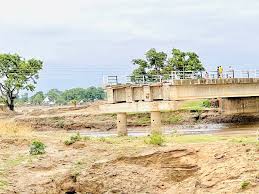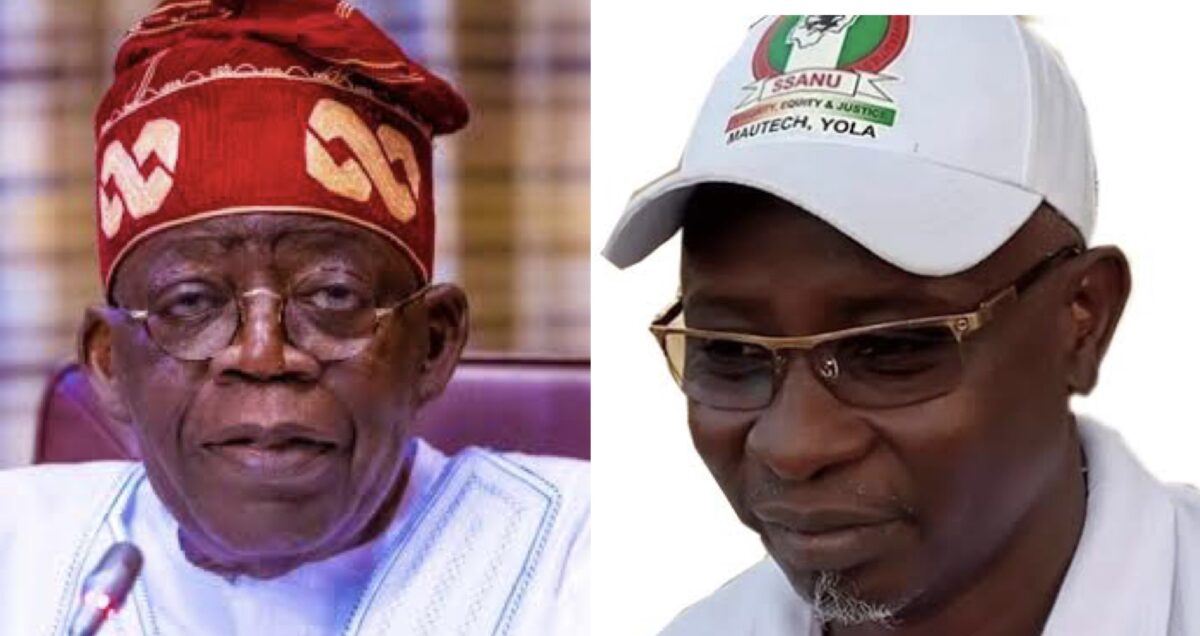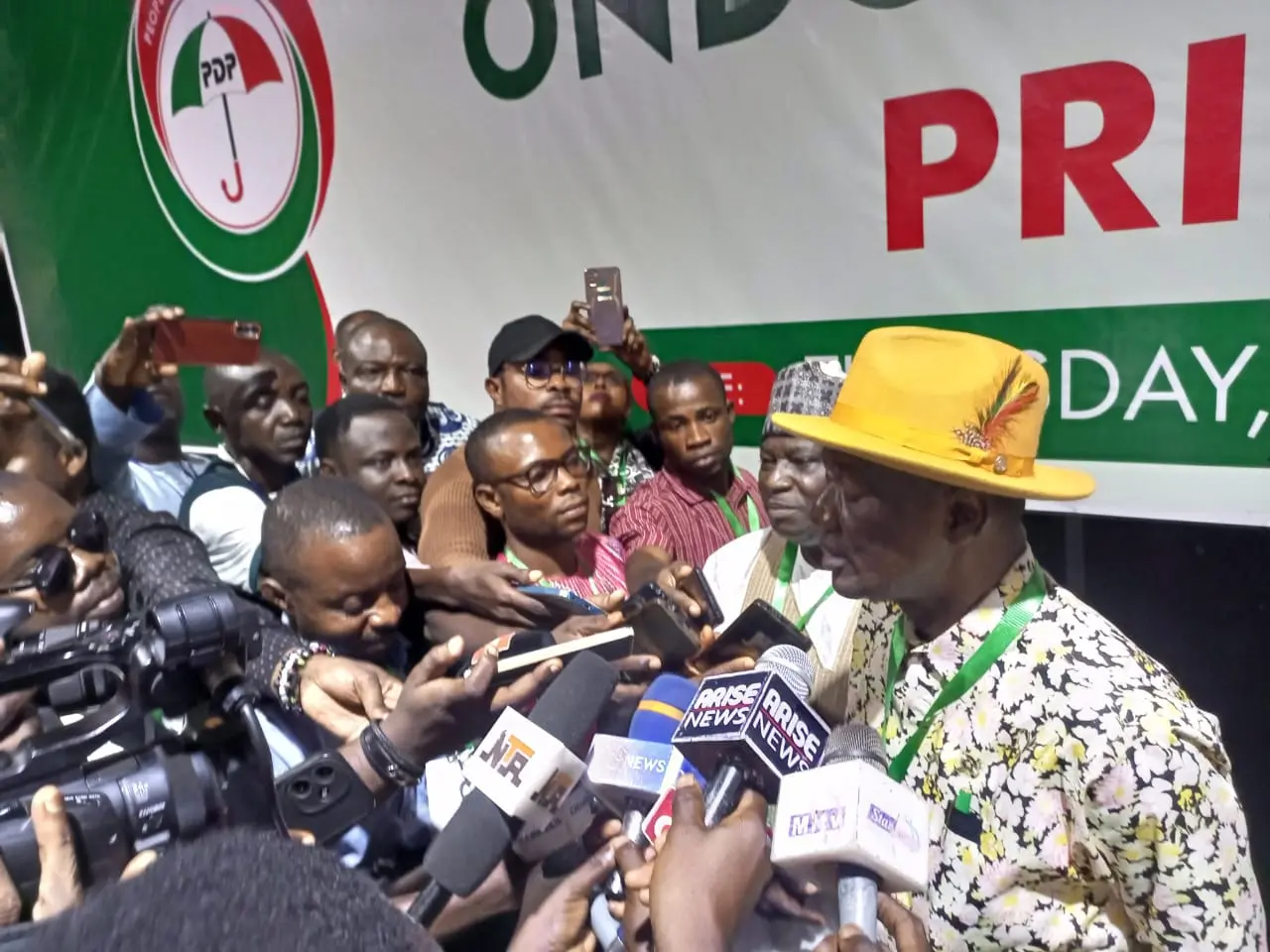A full year after the catastrophic collapse of the Namnai Bridge in Gassol Local Government Area, tragedy has struck again. On Friday, July 25, 2025, a makeshift ferry transporting passengers and vehicles across the river where the bridge once stood capsized, killing three people and leaving several others missing.
According to Jidda Mayoreniyo, chairman of Taraba Inland Water Transporters, the overloaded boat capsized around 7:00 p.m., plunging passengers, cars, and cargo into the river. Four vehicles have been retrieved from the riverbed, while luggage and personal items remain submerged.
The disaster highlights the perilous reality faced by locals since the bridge was washed away by floods in late 2024. Despite repeated government promises, no visible reconstruction efforts have begun.
The Federal Government, through the North East Development Commission (NEDC), pledged to rebuild the bridge in early 2025, with both Minister Uba Maigari and Governor Agbu Kefas assuring residents that work would commence “within weeks.” However, six months on, no contractor has mobilised, and no work has started.
In the absence of action, residents have resorted to using dangerous bush paths and makeshift ferries, disrupting agriculture, collapsing trade routes, and pushing local markets into chaos. Farmers can no longer access buyers, traders have shut down, and prices for food and essentials have skyrocketed.
Grief-stricken residents are demanding accountability.
Hajiya Mamma Fati Ibrahim Hassan Lau, traditional ruler of Gimbiyar Lau, lost three family members in the accident. Describing the deaths as “a preventable tragedy,” she called on both state and federal governments to declare the Namnai Bridge reconstruction a national emergency.
“The continued neglect of this bridge has forced our people onto dangerous waters,” she said. “This would not have happened if those in power had done their jobs.”
Community members have compared the inaction to the 2005 collapse of the Nukkai Bridge in Jalingo, where then-Governor Jolly Nyame worked swiftly with federal authorities to fix the problem. In contrast, they say Governor Kefas’s failure to galvanize support from National Assembly members or federal agencies has worsened the crisis.
With the Jalingo–Wukari corridor—where the bridge is located—being a vital trade route linking northern and southern Nigeria, its prolonged disrepair threatens not only local livelihoods but national economic stability.
“This isn’t just about Taraba,” Hajiya Lau added. “This bridge is a lifeline. Its continued absence puts lives at risk and paralyzes commerce across the country.”
As rescue efforts continue and families mourn, calls are growing louder for immediate government intervention—before more lives are lost to a disaster that should never have happened.




